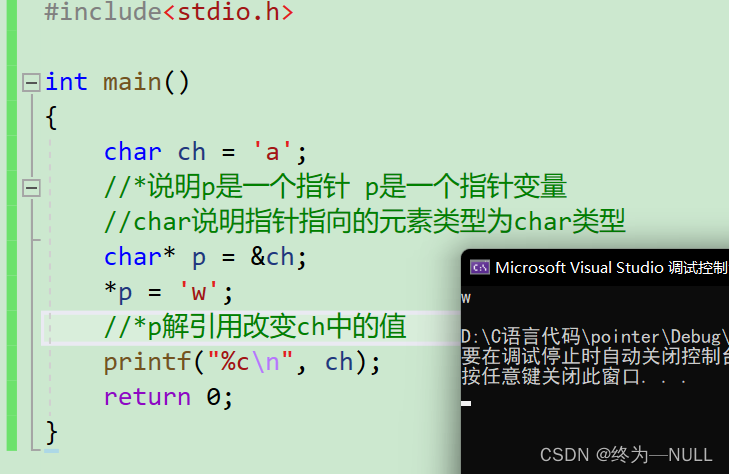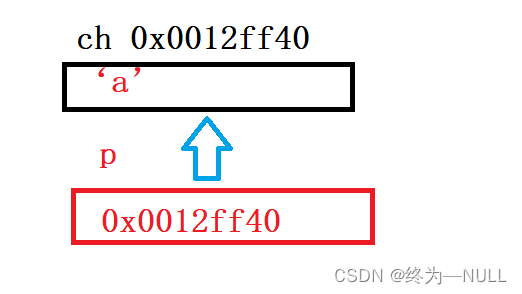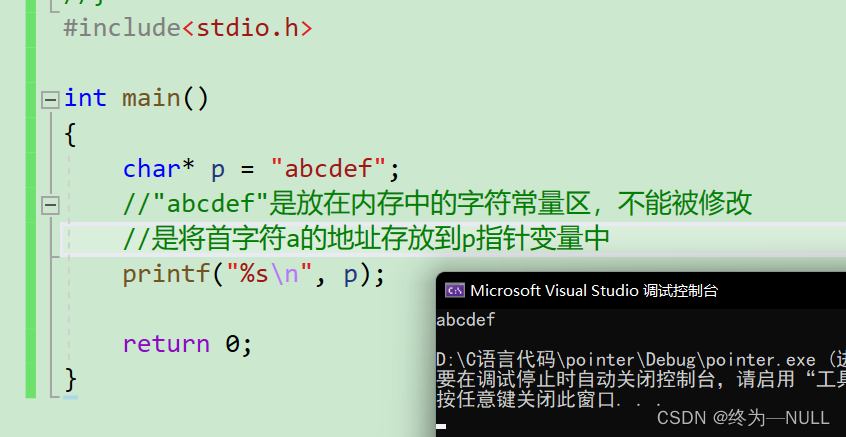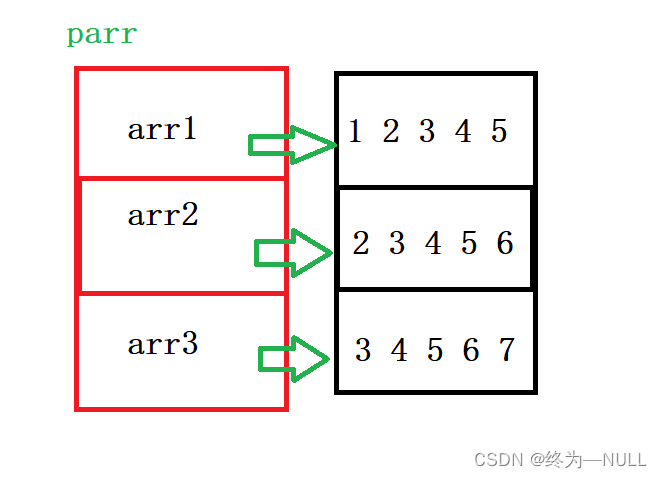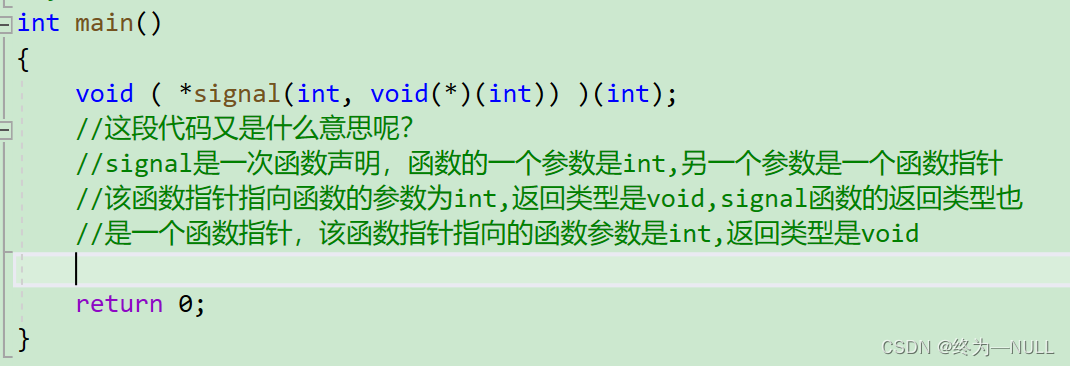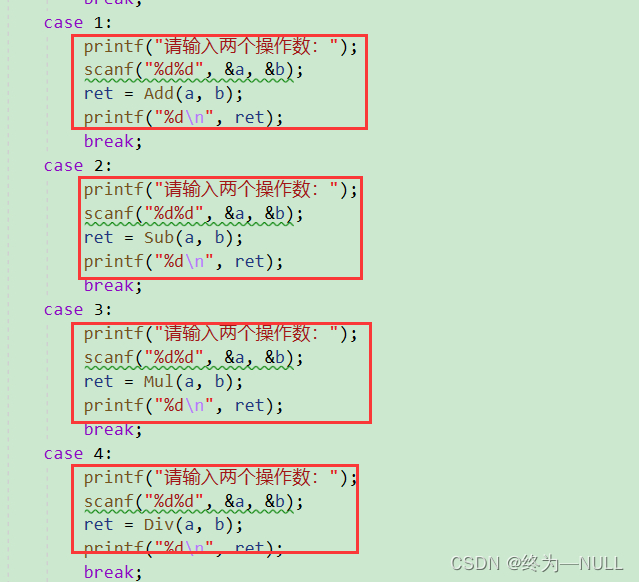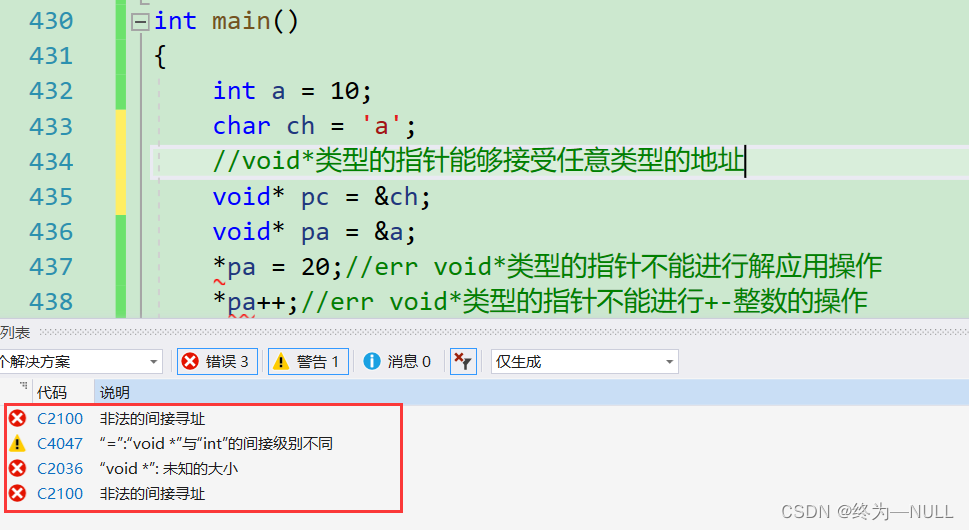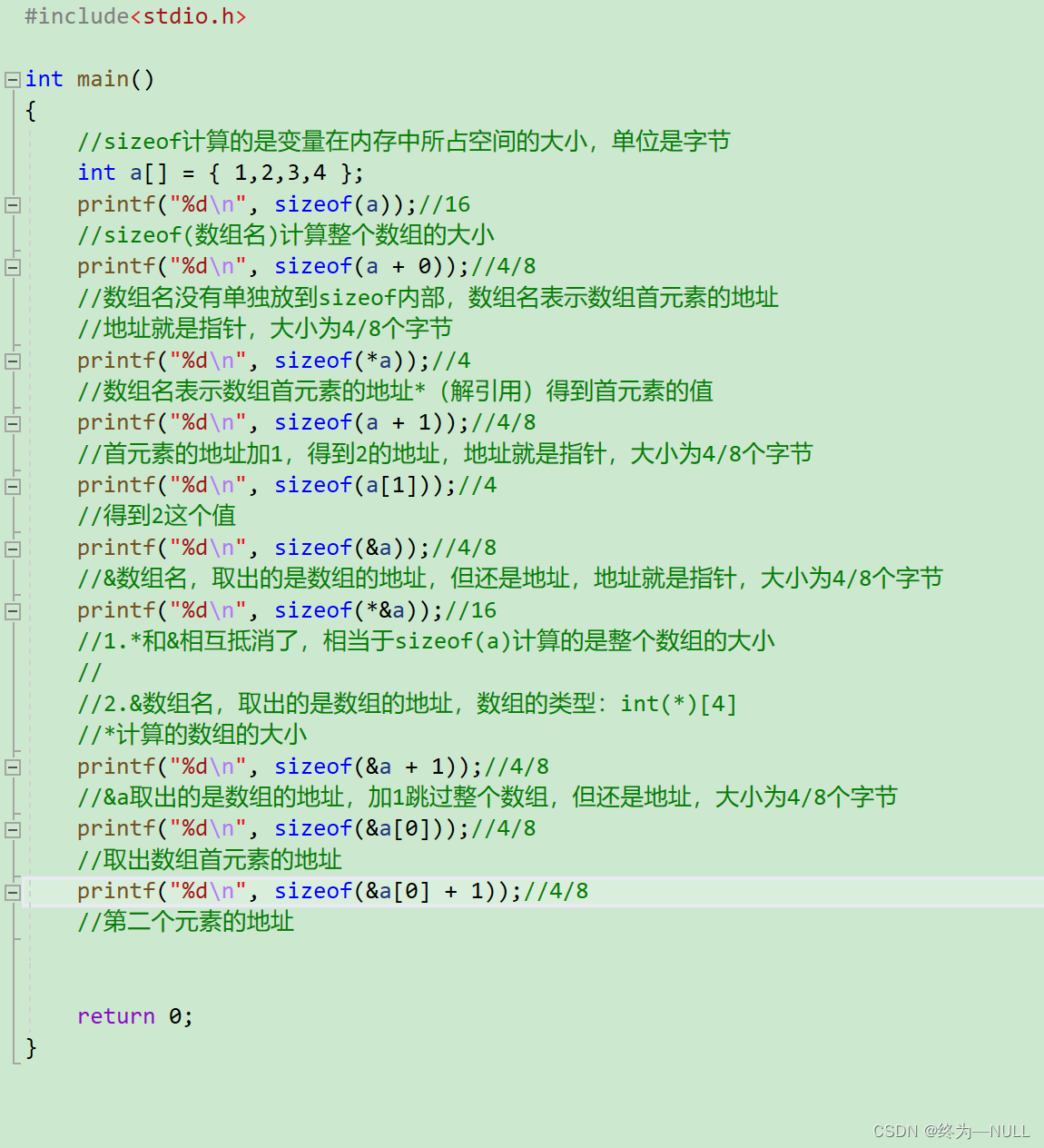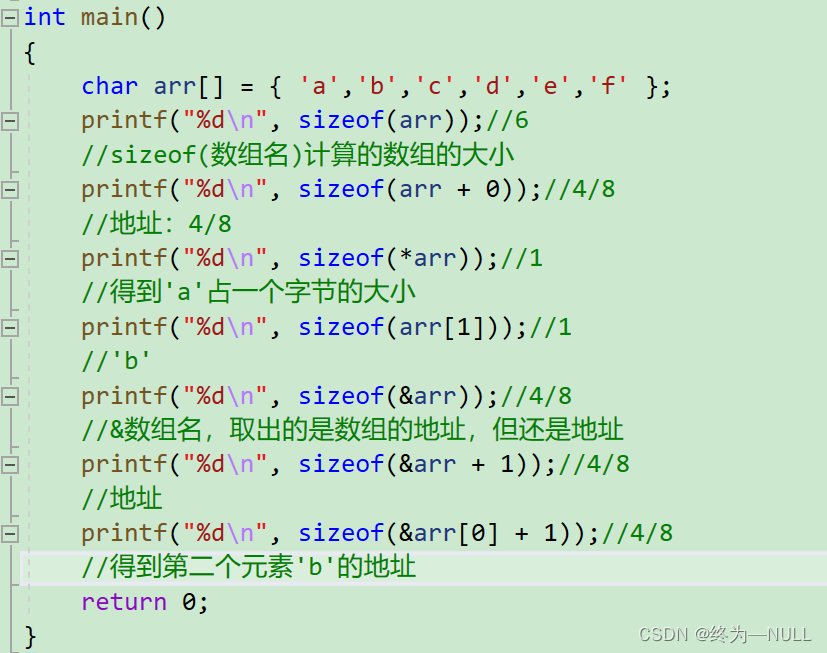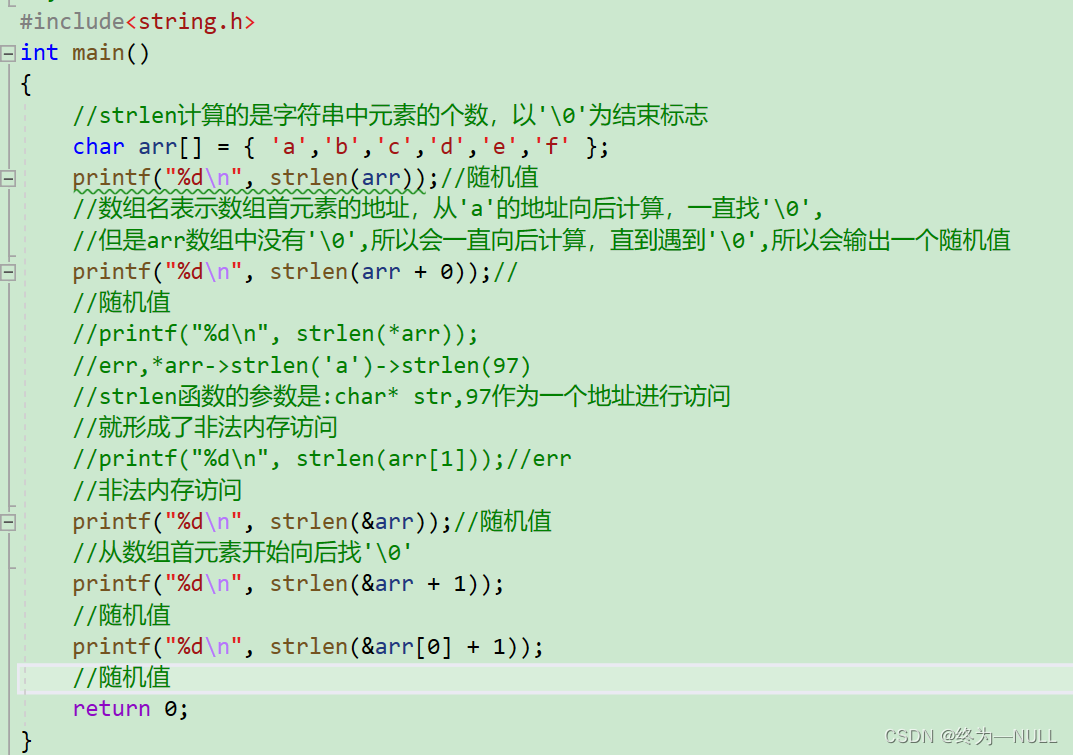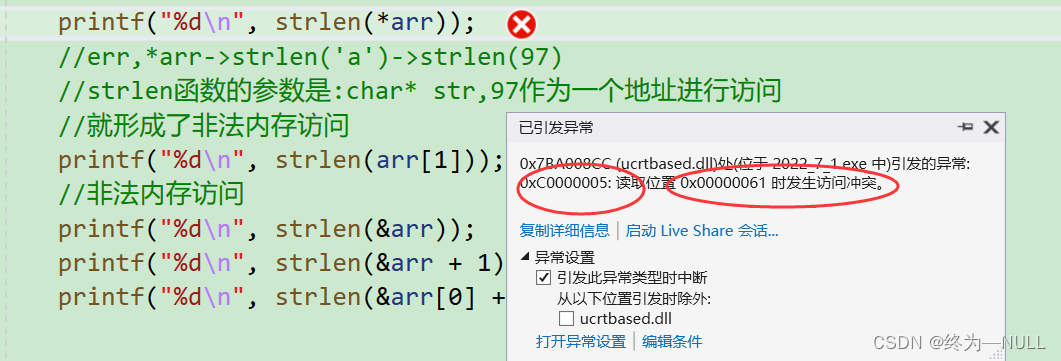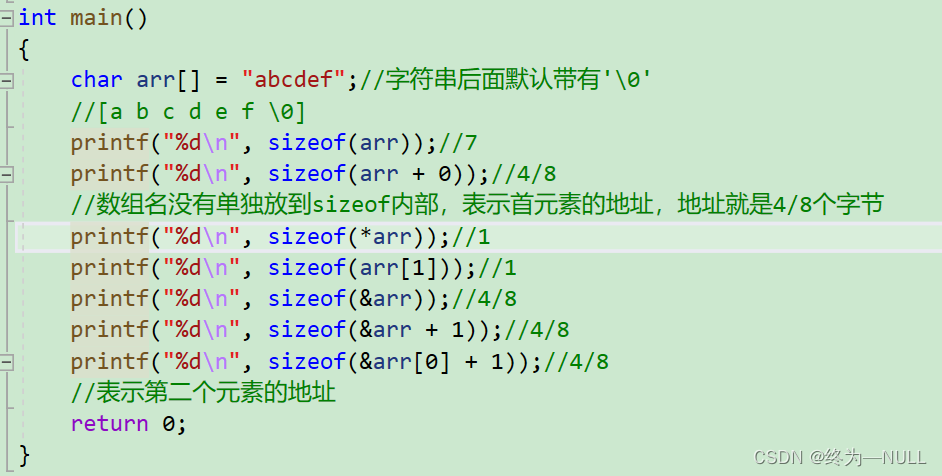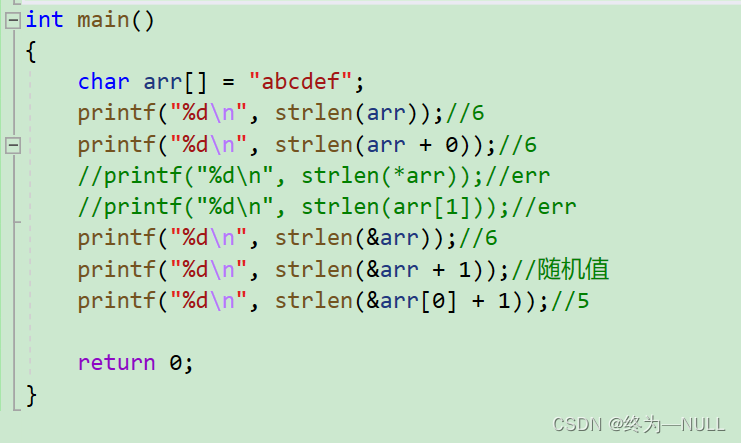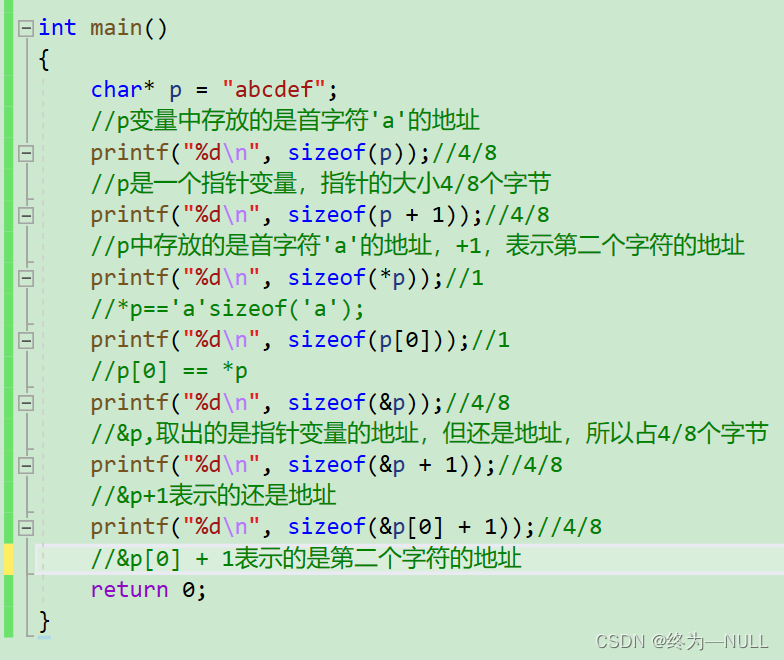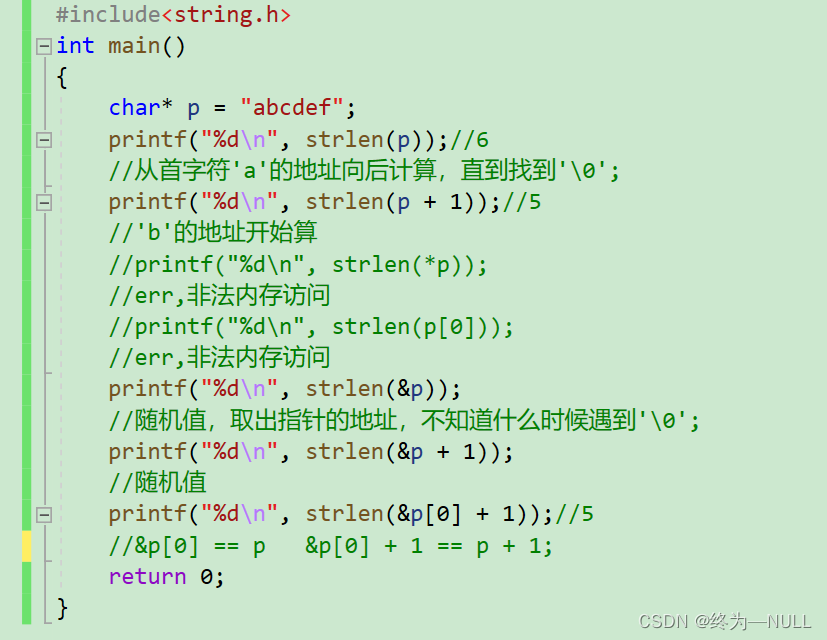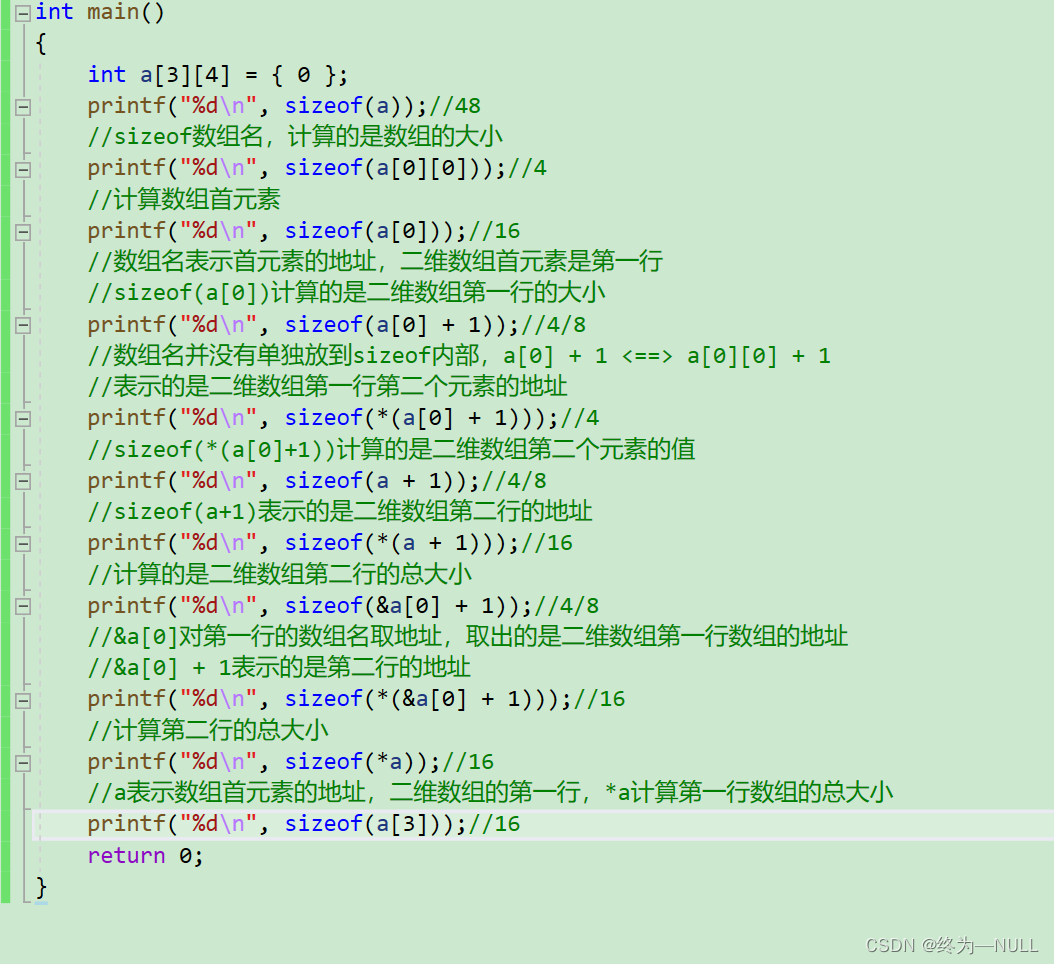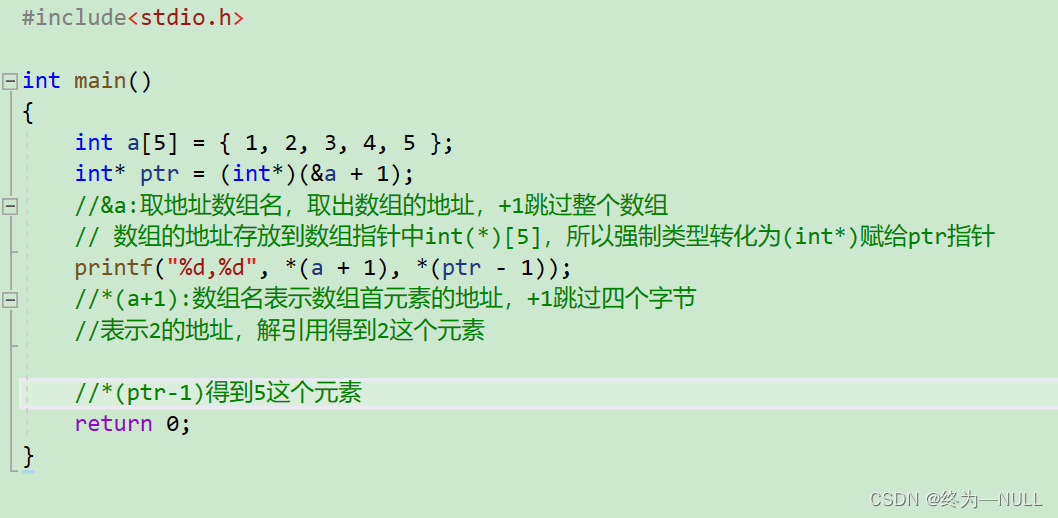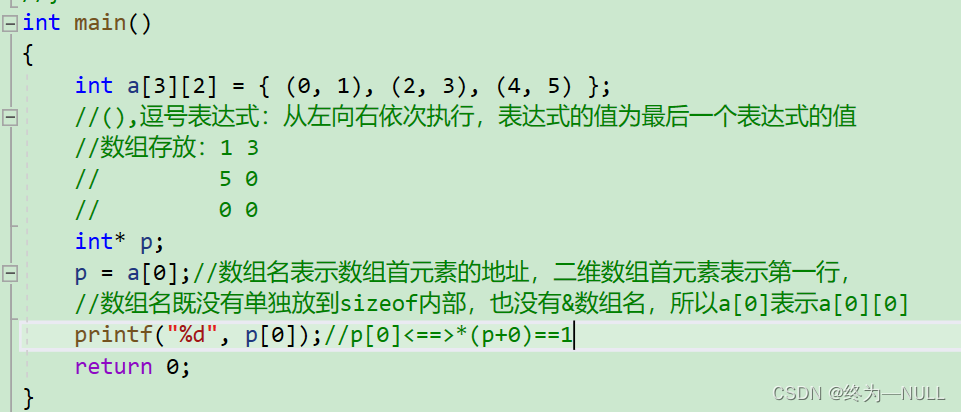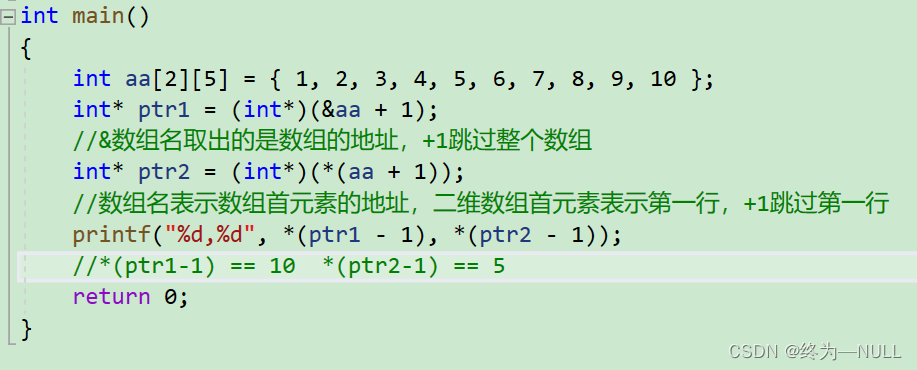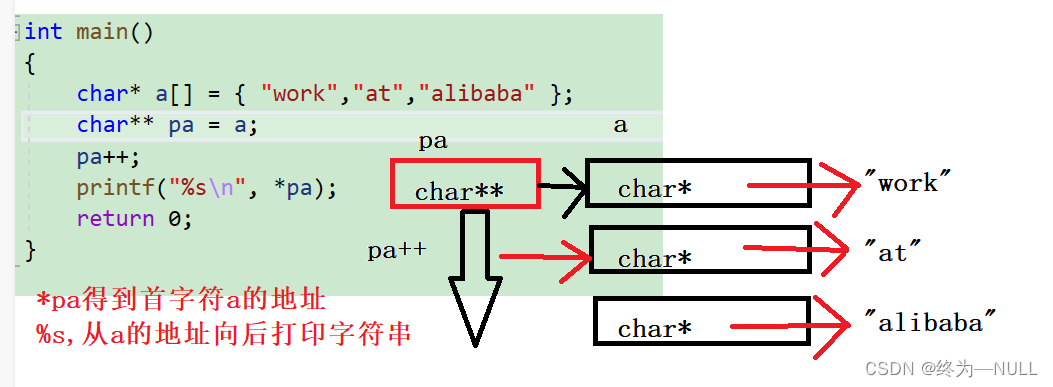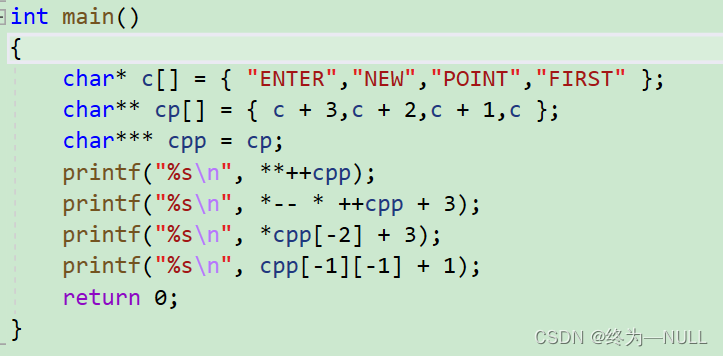当前位置:网站首页>Deep analysis of C language pointer
Deep analysis of C language pointer
2022-07-06 08:32:00 【Finally - null】
Make a little progress every day , Persistence makes a big difference !!!

Catalog
4. Array parameters , The pointer passes the parameter
7. A pointer to an array of function pointers
9. Pointer and array written test exercises
Preface :
We have learned some simple knowledge about pointers before :
1. The pointer is the address , Is the number that identifies the memory space .
2. Pointer variable is the address used to store the variable , Variables can be found through pointers and stored in memory .
3. The size of the pointer accounts for 4/8 Bytes (32/64).
4. The type of pointer determines how many bytes are skipped when the pointer adds or subtracts integers , Several bytes can be accessed when dereferencing .
5. The operation of the pointer : The number of intermediate elements is obtained by subtracting the pointer from the pointer .
Next, let's continue to explore more about pointers , thorough C Language pointer related content .
1. Character pointer
char*
First use :
Memory layout :
Second use :
Memory layout :
An interview question about character pointer :
#include<stdio.h> int main() { char* p1 = "abcdef"; char* p2 = "abcdef"; char arr1[] = "abcdef"; char arr2[] = "abcdef"; if (p1 == p2) printf("p1 == p2\n"); else printf("p1 != p2\n"); if (arr1 == arr2) printf("arr1 == arr2\n"); else printf("arr1 != arr2\n"); return 0; }
Explanation of the reason : because "abcdef" Is a constant string , Put it in the character constant area , Cannot be modified , So there is only one copy in memory , therefore p1 and p2 Are stored first characters a The address of , and arr1 and arr2 Open up two different spaces in the memory to store "abcdef", So the address is different .
2. Pointer array
Concept : reasoning from analogy
Shape array , Used to store shaping numbers , The type of each element is int
A character array , An array used to store characters , The type of each element is charPointer array , An array of pointers , The type of each element is data type *
application : Print a two-dimensional array
#include<stdio.h> int main() { int arr1[] = { 1,2,3,4,5 }; int arr2[] = { 2,3,4,5,6 }; int arr3[] = { 3,4,5,6,7 }; int* parr[3] = { arr1,arr2,arr3 }; //parr Is an array of integer pointers , The type of each element is int* int i = 0; for (i = 0; i < 3; i++) { int j = 0; for (j = 0; j < 5; j++) { printf("%d ", *(*(parr + i) + j)); } printf("\n"); } return 0; }
Memory layout :
3. Array pointer
Concept : reasoning from analogy :
Shaping the pointer , Address used to store shaping elements int*p;
Character pointer , Address used to store character elements char*p;Array pointer , The address used to store the array data type (*p)[X];
int main() { int arr[10] = { 1,2,3,4,5,6,7,8,9,10 }; int(*p)[10] = &arr; //p The first and * Combined description p Is a pointer variable , Then point to a size of 10 Array of elements return 0; }notes :& The array name represents the address of the array
The use of array pointers : Improper use
#include<stdio.h> int main() { int arr[10] = { 1,2,3,4,5,6,7,8,9,10 }; int(*p)[10] = &arr; int i = 0; for (i = 0; i < 10; i++) { printf("%d ", *(*p + i));// Equivalent to arr[i] //*p Get the address of the first element of the array +i Get the address of the next element ,* Get this value } return 0; }
Print one-dimensional arrays using array pointers , More trouble , Not recommended .
Print 2D array
#include<stdio.h> void print(int(*p)[5], int row, int col) { int i = 0; for (i = 0; i < 3; i++) { int j = 0; for (j = 0; j < 5; j++) { printf("%d ", *(*(p + i) + j)); //*(p+i) Get the address of the first element of each line of the two-dimensional array +j Dereference to get every element . // Equivalence and p[i][j] } printf("\n"); } } int main() { int arr[3][5] = { { 1,2,3,4,5 }, { 2, 3, 4, 5, 6 } ,{ 3, 4, 5, 6, 7} }; print(arr, 3, 5); // The array name represents the address of the first element of the array , The first element of a two-dimensional array is a one-dimensional array // So use the array pointer to accept , The address where the array is stored . return 0; }
summary :
int arr[5]; int *parr1[10]; int (*parr2)[10]; int (*parr3[10])[5];int arr[5] : It's an array of integers , The array has five elements , The type of each element is int;
int* parr1[10]: It's an array of Pointers , Array has 10 Elements , The type of each element is int*;
int(*parr2)[10]: It's an array pointer , The array pointed to by this pointer is 10 Elements , The type of each element is int
The type of this pointer variable is int(*)[10];
int(*parr3[10])[5]:parr3 The first and [] The combination shows that this is an array , The array has 10 Elements , The type of each element is int(*)[5]( Array pointer );
4. Array parameters , The pointer passes the parameter
1. Array parameters
One dimensional array parameters :
void test1(int arr[])//ok {} void test1(int arr[10])//ok {} void test1(int*arr)//ok {} void test2(int*arr[20])//ok {} void test2(int**arr)//ok arr2 Is a pointer accepted with a secondary pointer {} int main() { int arr1[10] = { 0 }; int* arr2[20] = { 0 }; test1(arr1); test2(arr2); return 0; }
Two dimensional array parameters :
void test(int arr[3][5])//ok {} void test(int arr[][])//err Two dimensional array parameter lines can be omitted , Columns cannot be omitted {} void test(int arr[][5])//ok {} void test(int(*arr)[5])//ok The array name represents the address of the first element , The first element of a two-dimensional array represents the first row of the array , // Therefore, you can use array pointers to accept {} void test(int**arr)//err The secondary pointer variable is the address where the primary pointer variable is stored {} void test(int*arr[5])//err Pointer array is used to accept pointers , Cannot accept the address of an array {} int main() { int arr[3][5] = { 0 }; test(arr); return 0; }
2. The pointer passes the parameter :
First level pointer parameter transfer
void test(int* p)//ok {} int main() { int a = 10; int* p = &a; test(p); return 0; }
The secondary pointer transmits parameters :
void test(int** pp) {} int main() { int a = 10; int* p = &a; int** pp = &p; test(pp);//ok test(&p);//ok return 0; }
5. A function pointer
The address used to store the function
#include<stdio.h> int Add(int a, int b) { return a + b; } int main() { int a = 10; int b = 20; int ret = Add(a, b); printf("%p\n", Add); printf("%p\n", &Add); return 0; }
How to save the address of a function ?
#include<stdio.h> int Add(int a, int b) { return a + b; } int main() { int (*pf)(int, int) = &Add;//Add; //pf It's a function pointer (int,int) The type of function argument int ret = (*pf)(2, 3); // Equivalence and (pf)(2,3); printf("%d\n", ret); return 0; }
Let's have a deep understanding of function pointers through two pieces of code :
The second piece of code is complex , But there is the same code , A function pointer , So you can use typedef Rename simplified code
typedef void(*pf_t)(int); int main() { void (*signal(int, void(*)(int)))(int); pf_t signal(int pf_t); return 0; }
The purpose of the function pointer :
Simulate the implementation of a calculator :
#include<stdio.h> void menu() { printf("*************************\n"); printf("***1.Add 2.Sub ***\n"); printf("***3.Mul 4.Div ***\n"); printf("****** 0.exit ********\n"); printf("*************************\n"); } int Add(int x, int y) { return x + y; } int Sub(int x, int y) { return x - y; } int Mul(int x, int y) { return x * y; } int Div(int x, int y) { return x / y; } int main() { int a = 0; int b = 0; int ret = 0; int input = 0; do { menu(); printf(" Please select :"); scanf("%d",&input); switch (input) { case 0: printf(" Exit calculator \n"); break; case 1: printf(" Please enter two operands :"); scanf("%d%d", &a, &b); ret = Add(a, b); printf("%d\n", ret); break; case 2: printf(" Please enter two operands :"); scanf("%d%d", &a, &b); ret = Sub(a, b); printf("%d\n", ret); break; case 3: printf(" Please enter two operands :"); scanf("%d%d", &a, &b); ret = Mul(a, b); printf("%d\n", ret); break; case 4: printf(" Please enter two operands :"); scanf("%d%d", &a, &b); ret = Div(a, b); printf("%d\n", ret); break; default: printf(" Incorrect input , Please re-enter :\n"); break; } } while (input); return 0; }
When we implement calculators , There are many redundant codes in the code , How to avoid these problems ?
Next, solve the problem of repetition in the code by using function pointers :
Improved code :
#include<stdio.h> void menu() { printf("*************************\n"); printf("***1.Add 2.Sub ***\n"); printf("***3.Mul 4.Div ***\n"); printf("****** 0.exit ********\n"); printf("*************************\n"); } int Add(int x, int y) { return x + y; } int Sub(int x, int y) { return x - y; } int Mul(int x, int y) { return x * y; } int Div(int x, int y) { return x / y; } void Calc(int(*pf)(int, int)) { int a = 0; int b = 0; int ret = 0; printf(" Please enter two operands :"); scanf("%d%d", &a, &b); ret = pf(a, b); printf("%d\n", ret); } int main() { int input = 0; do { menu(); printf(" Please select :"); scanf("%d", &input); switch (input) { case 0: printf(" Exit calculator \n"); break; case 1: Calc(Add); break; case 2: Calc(Sub); break; case 3: Calc(Mul); break; case 4: Calc(Div); break; default: printf(" Incorrect input , Please re-enter :\n"); break; } } while (input); return 0; }Pass the address of the function , Parameters are accepted with function pointers , Then call this function through the function pointer .
6. Function pointer array
Is an array , An array used to store function addresses
int Add(int x, int y) { return x + y; } int Sub(int x, int y) { return x - y; } int Mul(int x, int y) { return x * y; } int Div(int x, int y) { return x / y; } int main() { // How to store the addresses of the above four functions into a function pointer array ? int(*pf[4])(int, int) = { Add,Sub,Mul,Div }; //pf The first and [] The combination shows that this is an array , Array has 4 Elements , The type of each element is //int(*)(int,int) A function pointer return 0; }Since you can store the address of the function through the function pointer array , So how to use function pointer array to realize calculator ?
#include<stdio.h> void menu() { printf("*************************\n"); printf("***1.Add 2.Sub ***\n"); printf("***3.Mul 4.Div ***\n"); printf("****** 0.exit ********\n"); printf("*************************\n"); } int Add(int x, int y) { return x + y; } int Sub(int x, int y) { return x - y; } int Mul(int x, int y) { return x * y; } int Div(int x, int y) { return x / y; } int main() { int input = 0; int a = 0; int b = 0; int ret = 0; int(*parr[5])(int,int) = { 0,Add,Sub,Mul,Div }; do { menu(); printf(" Please select :"); scanf("%d", &input); if (input == 0) { printf(" Exit calculator \n"); } else if (input >= 1 && input < 5) { printf(" Please enter two operands :"); scanf("%d%d", &a, &b); ret = parr[input](a, b); printf("%d\n", ret); } else { printf(" Input error , Please re-enter \n"); } } while (input); return 0; }When using function pointer array, it simplifies the code , And it provides great convenience when modifying the code later
7. A pointer to an array of function pointers
It's a pointer , The address used to store the function pointer array :
int Add(int x, int y) { return x + y; } int Sub(int x, int y) { return x - y; } int Mul(int x, int y) { return x * y; } int Div(int x, int y) { return x / y; } int main() { // Function pointer array int(*pfarr[4]) = {Add,Sub,Mul,Div }; //ppfArr Is a pointer to an array of function pointers //ppfArr The first and * combination , explain ppfArr It's a pointer ,[4] Indicating the pointer // The array pointed to has 4 Elements , The type of each element is int(*)(int,int) int(*(*ppfArr)[4])(int, int) = &pfarr; return 0; }
8. Callback function
Above, when we use function pointer to realize calculator , Wrote a Calc Function of , Actually Calc It's a callback function , How to understand callback function ?
A callback function is a function called through a function pointer . If you put a pointer to a function ( Address ) Pass as a parameter to another function , When this pointer is used to call the function it points to , Let's just say this is a callback function . The callback function is not called directly by the function's implementer , It's called by another party when a particular event or condition occurs , Used to respond to the event or condition .
#include<stdio.h> void bubble_sort(int arr[], int sz) { int i = 0; for (i = 0; i < sz - 1; i++) { int j = 0; int flag = 1;// If the array to be sorted is already ordered , And then jump out of the loop for (j = 0; j < sz - 1 - i; j++) { if (arr[j] < arr[j + 1]) { int tmp = arr[j]; arr[j] = arr[j + 1]; arr[j + 1] = tmp; flag = 0; } } if (flag == 1) { break; } } } int main() { int arr[10] = { 1,2,3,4,5,6,7,8,9,10 }; int sz = sizeof(arr) / sizeof(arr[0]); bubble_sort(arr, sz); int i = 0; for (i = 0; i < sz; i++) { printf("%d ", arr[i]); } return 0; }Sort in descending order :
When we want to sort a complex object , Obviously, bubble sorting is not applicable , So how to sort a complex object ?
Let's introduce a library function qsort()
#include<stdlib.h>// Include header file int main() { void qsort(void* base, // Start position to be sorted size_t num, // Number to be sorted size_t width, // The size of the element to be sorted , Unit is byte int( * cmp)(const void* e1, const void* e2)); // Is a function pointer , The function pointed to by this function pointer has two parameters ,e1,e2, The function return type is int. return 0; } //int cmp(const void* e1, const void* e2) //Return Value Description //< 0 e1 less than e2 //0 e1 equivalent to e2 //> 0 e1 greater than e2
Use library functions qsort Sort integer array :
#include<stdlib.h> #include<stdlib.h> int cmp_int(const void* e1, const void* e2) { return *(int*)e1 - *(int*)e2; } int main() { int arr[10] = { 9,8,7,6,5,4,3,2,1,0}; int sz = sizeof(arr) / sizeof(arr[0]); qsort(arr, sz, sizeof(arr[0]), cmp_int); int i = 0; for (i = 0; i < sz; i++) { printf("%d ", arr[i]); } return 0; }The default is ascending :
Use library functions to sort complex objects :
Sort according to one's age :
#include<stdio.h> #include<stdlib.h> struct stu { int age; char name[20]; }; int by_cmp_age(const void* e1, const void* e2) { return ((struct stu*)e1)->age - ((struct stu*)e2)->age; } int main() { struct stu s[3] = { {18,"zhangsan"},{20,"lisi"},{19,"wangwu"} }; int sz = sizeof(s) / sizeof(s[0]); qsort(s, sz, sizeof(s[0]), by_cmp_age); int i = 0; for (i = 0; i < sz; i++) { printf("%s %d ", s[i].name, s[i].age); printf("\n"); } return 0; }
Sort by a person's name
#include<stdio.h> #include<stdlib.h> #include<string.h> struct stu { int age; char name[20]; }; int by_cmp_name(const void* e1, const void* e2) { return strcmp(((struct stu*)e1)->name, ((struct stu*)e2)->name); } int main() { struct stu s[3] = { {18,"zhangsan"},{20,"lisi"},{19,"wangwu"} }; int sz = sizeof(s) / sizeof(s[0]); qsort(s, sz, sizeof(s[0]), by_cmp_name); int i = 0; for (i = 0; i < sz; i++) { printf("%s %d ", s[i].name, s[i].age); printf("\n"); } return 0; }
Simulate the implementation of library functions qsort:
Implement library functions qsort One of the arguments to is the function pointer , The function parameter pointed to by the function pointer is void* Pointer to type .
Why are they used void* Pointer to type ?
So let's talk about that void* The function of pointer
Simulation Implementation qsort
#include<stdio.h> #include<string.h> struct stu { int age; char name[20]; }; int by_cmp_name(const void* e1, const void* e2) { return strcmp(((struct stu*)e1)->name, ((struct stu*)e2)->name); } void Swap(char* buf1, char* buf2, int width) { int i = 0; for (i = 0; i < width; i++) { char tmp = *buf1; *buf1 = *buf2; *buf2 = tmp; buf1++; buf2++; } } void bubble_qsort(void* base, int sz, int width, int(*cmp)(const void* e1, const void* e2)) { int i = 0; for (i = 0; i < sz - 1; i++) { int j = 0; int flag = 1; for (j = 0; j < sz - 1 - i; j++) { // Strongly convert the incoming data type to char* Pointer types , Then compare byte by byte if (cmp((char*)base + j * width, (char*)base + (j + 1) * width) > 0) { Swap((char*)base + j * width, (char*)base + (j + 1) * width, width); flag = 0; } } if (flag == 1) { break; } } } int main() { struct stu s[3] = { {18,"zhangsan"},{20,"lisi"},{19,"wangwu"} }; int sz = sizeof(s) / sizeof(s[0]); bubble_qsort(s, sz, sizeof(s[0]), by_cmp_name); int i = 0; for (i = 0; i < sz; i++) { printf("%s %d ", s[i].name, s[i].age); printf("\n"); } return 0; }
9. Pointer and array written test exercises
One dimensional shaping array :
One dimensional character array : Array does not contain '\0'
szieof
strlen:
The array contains '\0'
sizeof:
strlen:
Character pointer :
sizeof:
strlen:
Two dimensional array :
summary :sizeof( Array name ), The array name represents the size of the entire array , Calculate the size of the entire array
& Array name , The array name represents the address of the entire array , besides , All array names represent the address of the first element of the array .
10. Pointer written test exercises
Test question 1 :
Question 2 :
Question 3 :
Question 4 :
Question five :
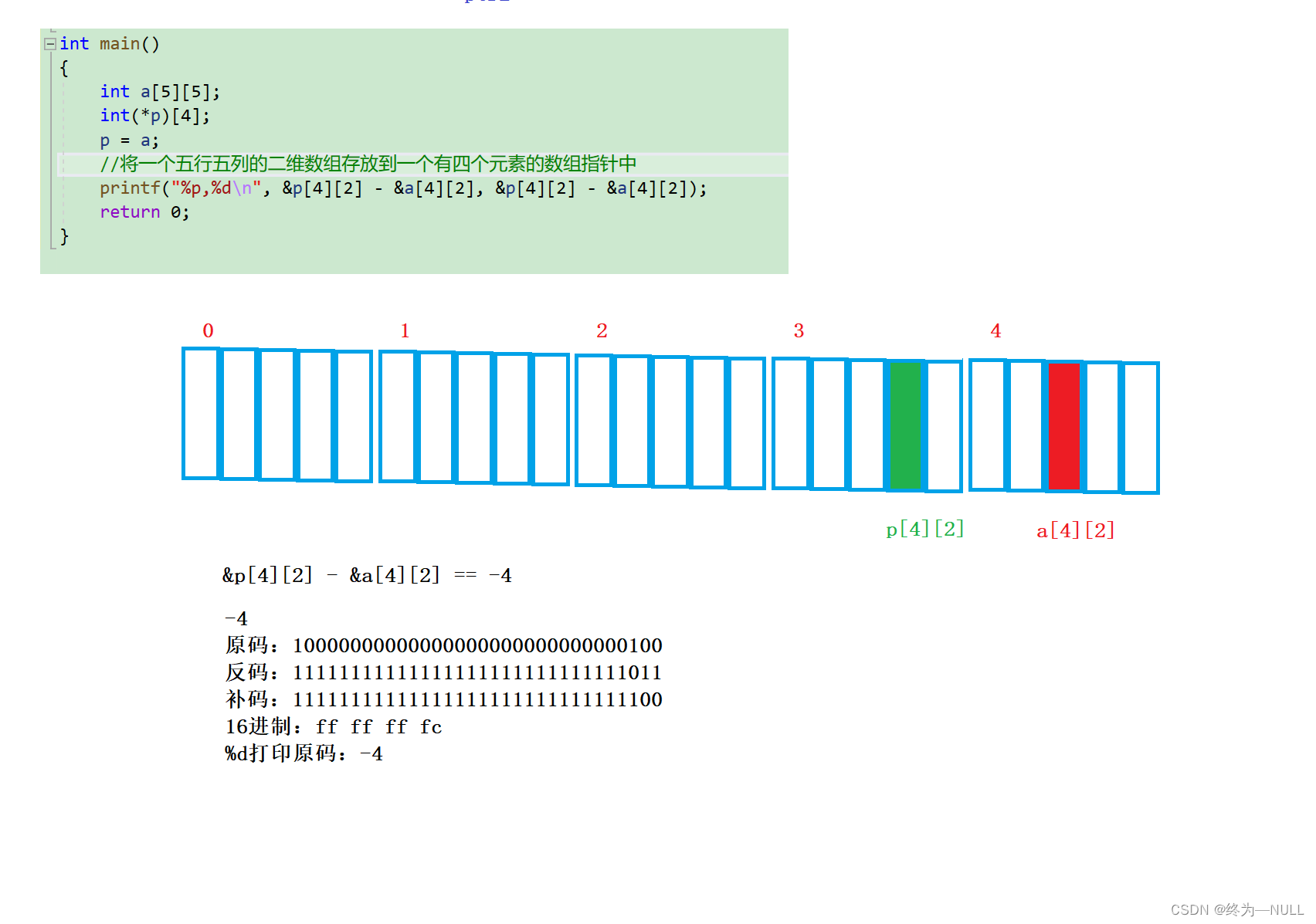
Question 6 :
Question 7 :
Question 8 :
11. summary :
The above is about right C A detailed anatomy of language pointer knowledge points , It contains all the knowledge points about the pointer and the written test questions related to the pointer , I hope I can help each other on the way to study , Common progress , Welcome to comment !!!
边栏推荐
- IOT -- interpreting the four tier architecture of the Internet of things
- egg. JS directory structure
- The mysqlbinlog command uses
- Function coritization
- Online yaml to CSV tool
- Research Report on supply and demand and development prospects of China's high purity aluminum market (2022 Edition)
- Image,cv2读取图片的numpy数组的转换和尺寸resize变化
- sublime text的编写程序时的Tab和空格缩进问题
- Modify the video name from the name mapping relationship in the table
- [research materials] 2021 Research Report on China's smart medical industry - Download attached
猜你喜欢
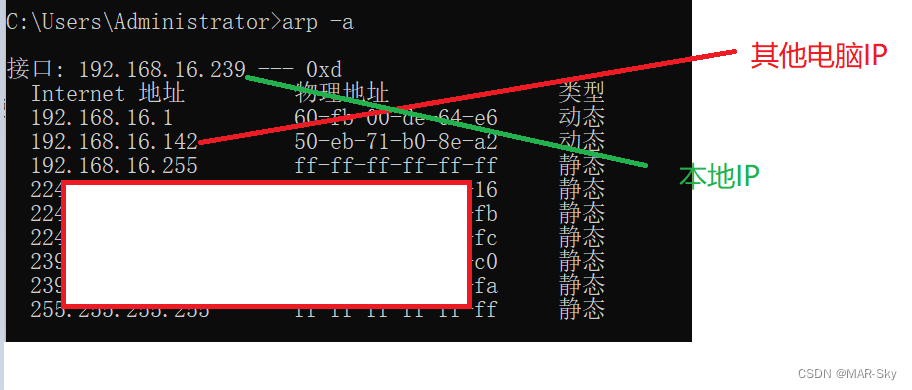
查看局域网中电脑设备

FairGuard游戏加固:游戏出海热潮下,游戏安全面临新挑战
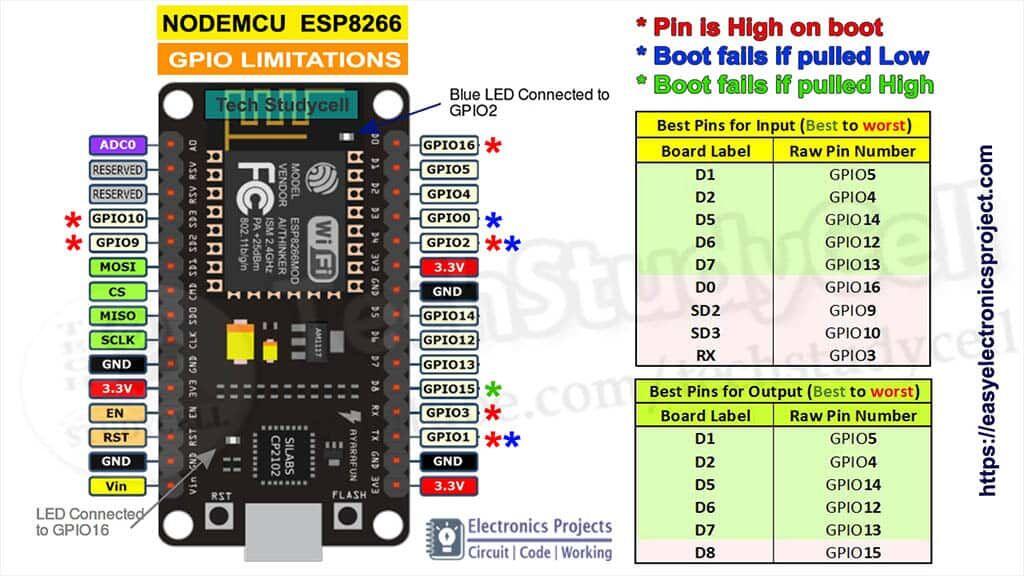
ESP系列引脚說明圖匯總
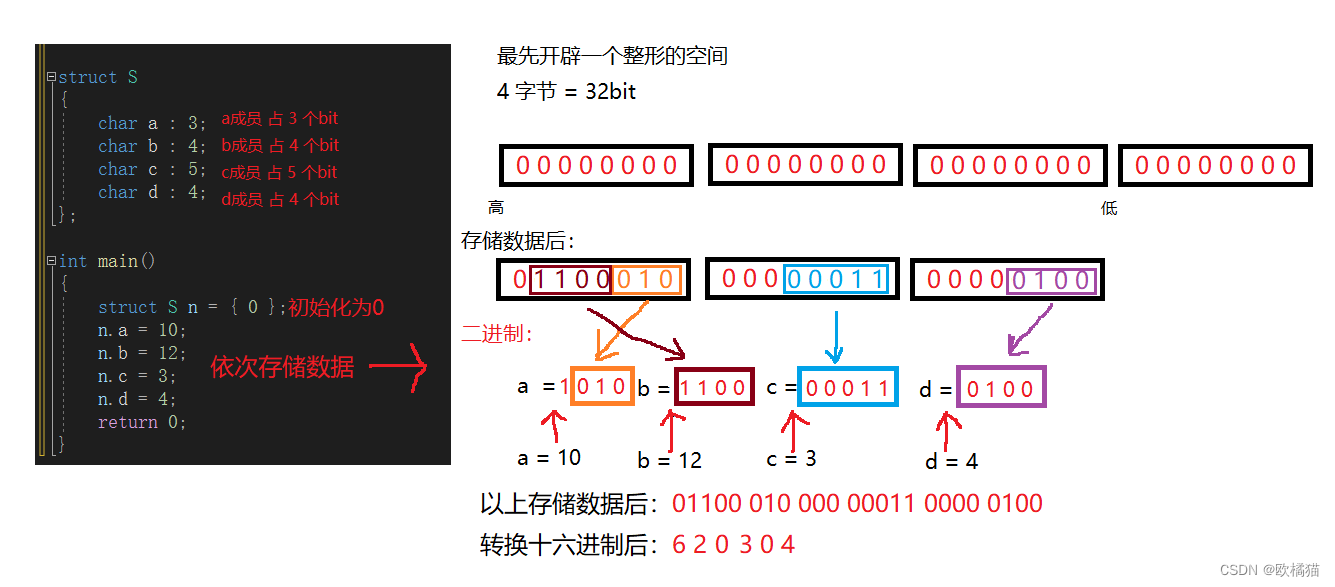
C language - bit segment
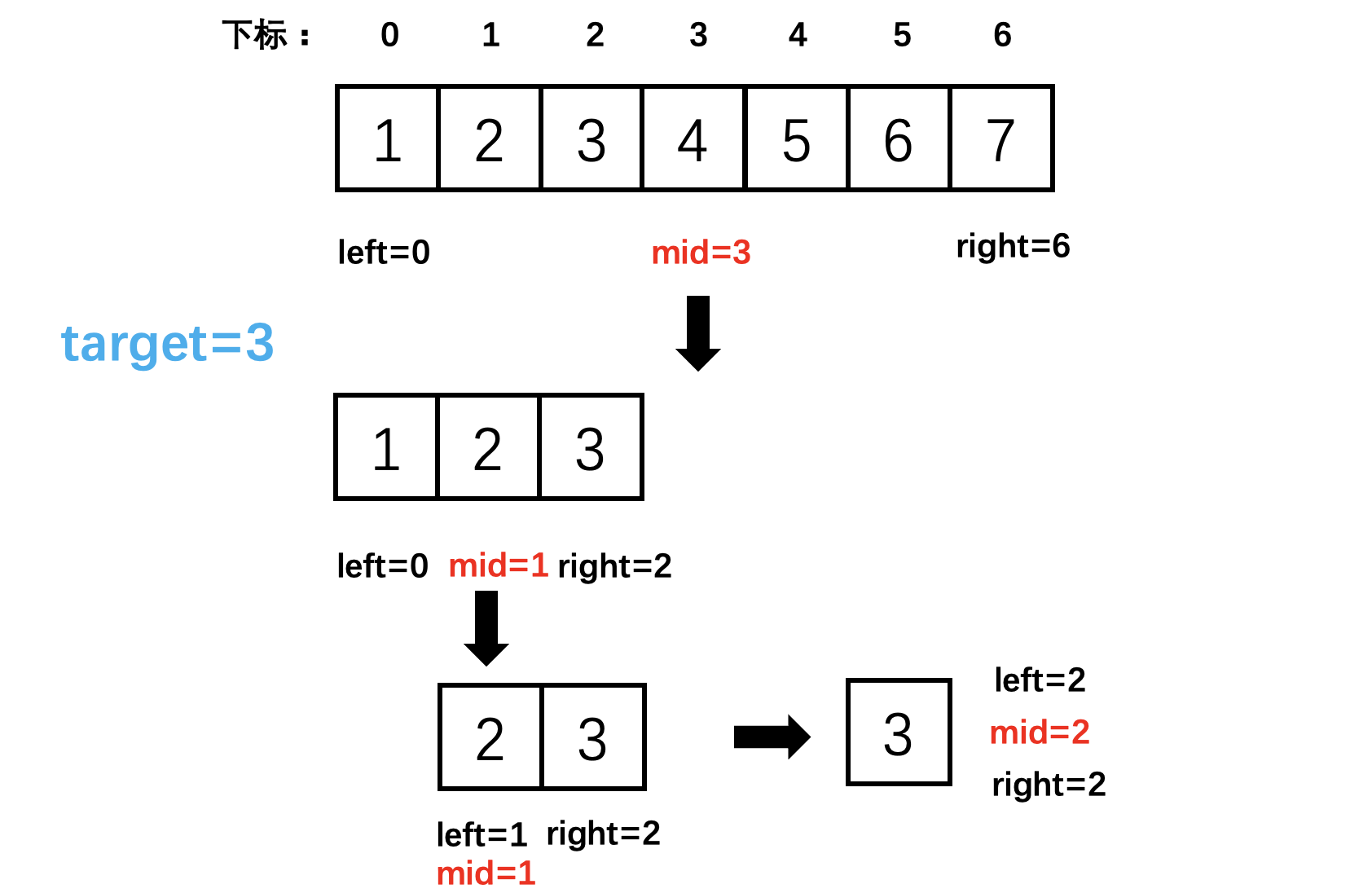
704 二分查找

MySQL learning records 12jdbc operation transactions
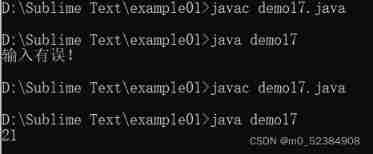
Fibonacci sequence
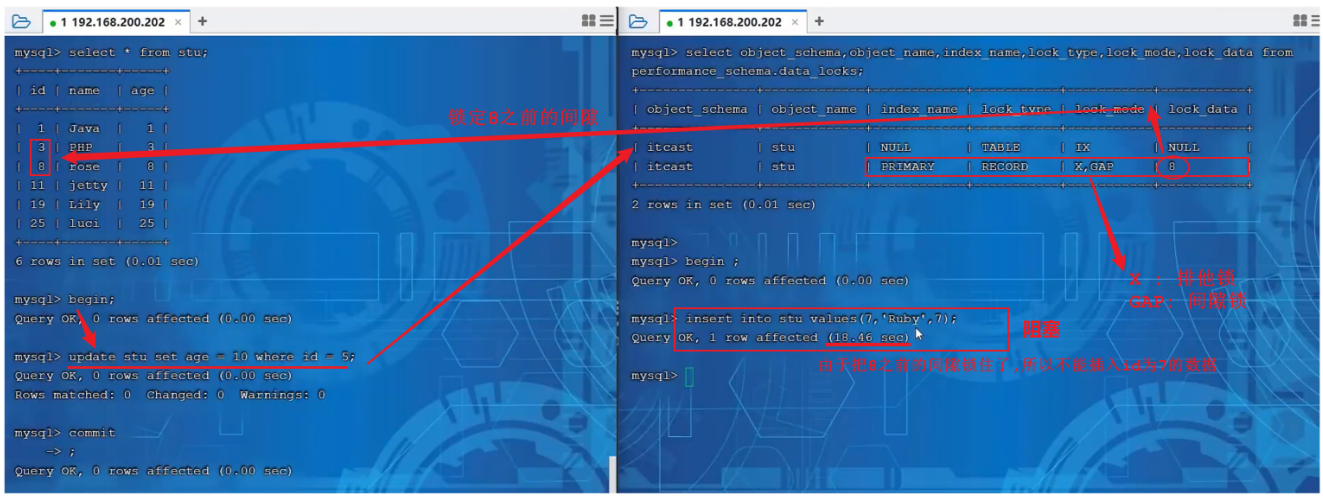
【MySQL】鎖

2022 Inner Mongolia latest construction tower crane (construction special operation) simulation examination question bank and answers
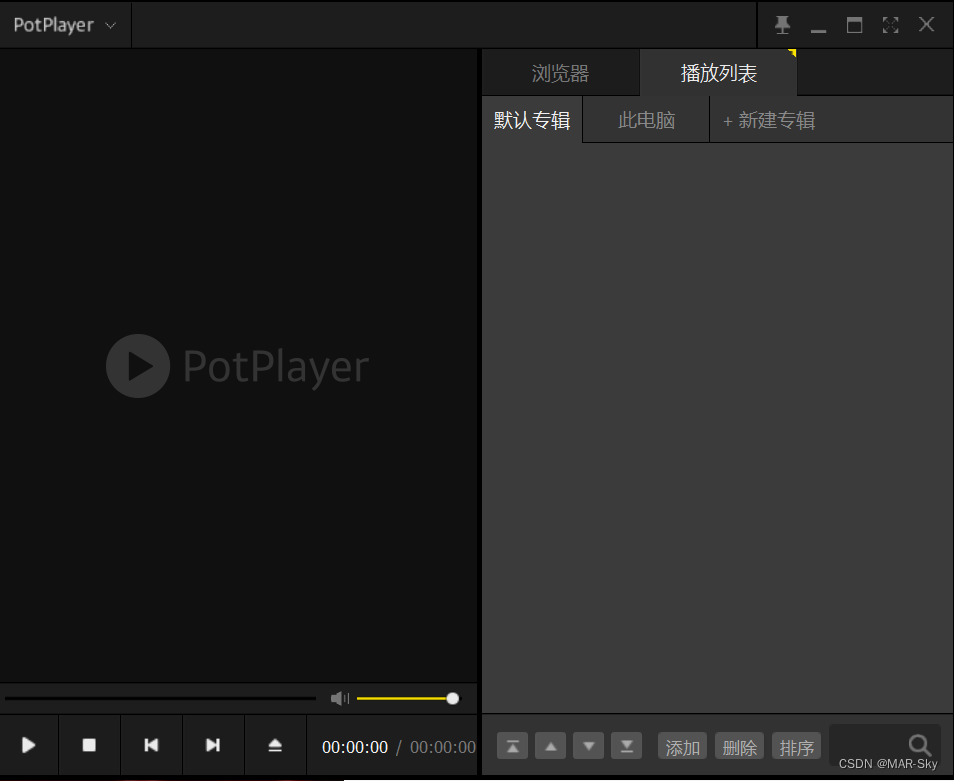
个人电脑好用必备软件(使用过)
随机推荐
JVM performance tuning and practical basic theory - Part 1
The resources of underground pipe holes are tight, and the air blowing micro cable is not fragrant?
pcd转ply后在meshlab无法打开,提示 Error details: Unespected eof
延迟初始化和密封类
2022.02.13 - 238. Maximum number of "balloons"
The ECU of 21 Audi q5l 45tfsi brushes is upgraded to master special adjustment, and the horsepower is safely and stably increased to 305 horsepower
Image fusion -- challenges, opportunities and Countermeasures
China dihydrolaurenol market forecast and investment strategy report (2022 Edition)
China's high purity aluminum target market status and investment forecast report (2022 Edition)
Colorlog combined with logging to print colored logs
Migrate data from SQL files to tidb
logback1.3. X configuration details and Practice
Chrome浏览器的crash问题
MySQL learning record 11jdbcstatement object, SQL injection problem and Preparedstatement object
Roguelike游戏成破解重灾区,如何破局?
torch建立的网络模型使用torchviz显示
Leetcode skimming (5.29) hash table
Leetcode question brushing (5.31) string
从表中名称映射关系修改视频名称
egg. JS directory structure
